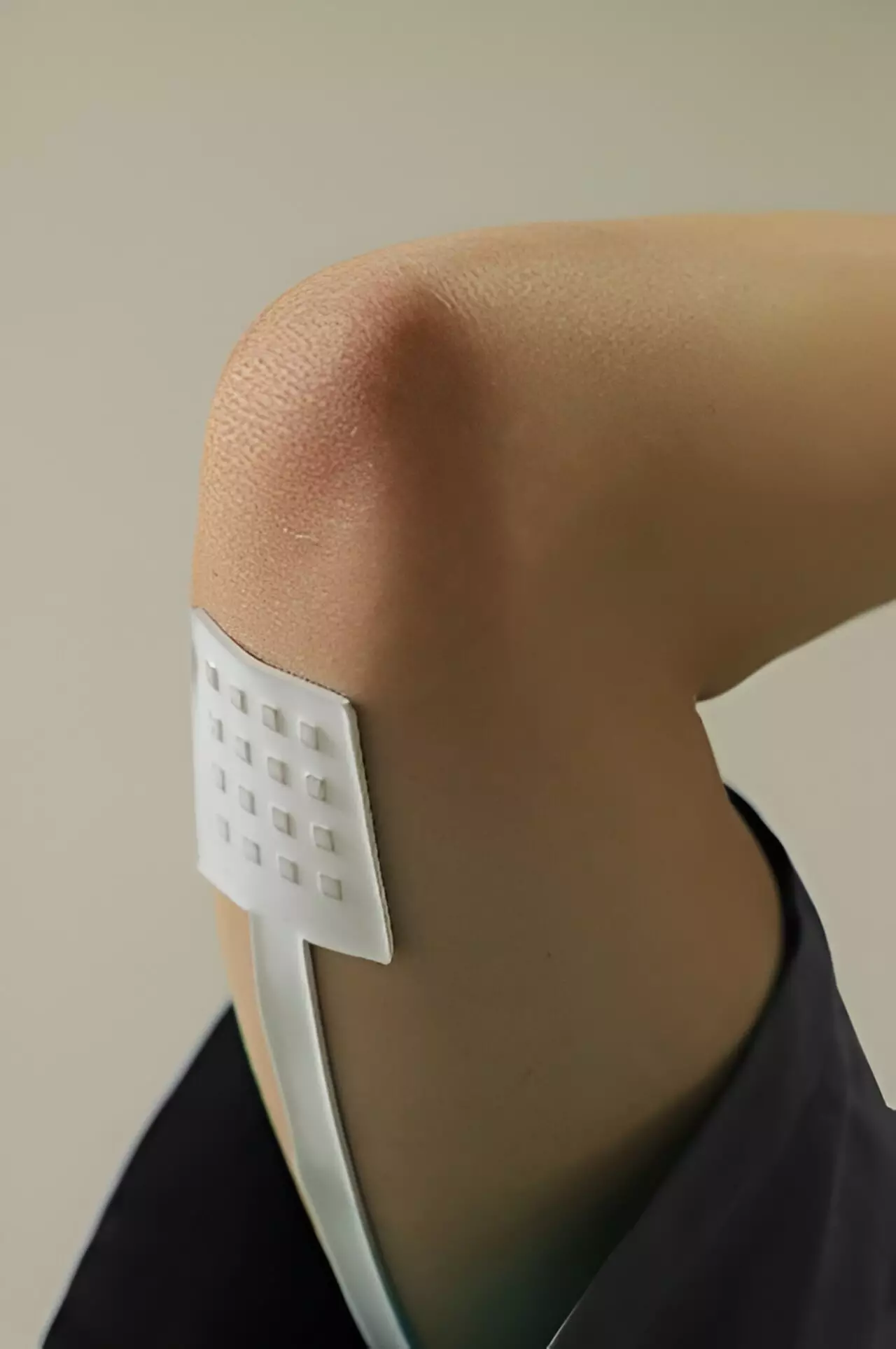In the realm of technological advancements, the emergence of flexible tactile sensors has the potential to revolutionize how we interact with devices and monitor physiological signals. Recent research conducted by a team at Peking University sheds light on the development of a modular, flexible sensor system that can be applied directly to the skin. With capabilities that mimic a fictional future where human-computer interaction is intuitive and seamless, these sensors could have far-reaching implications for healthcare, robotics, and consumer technology.
At the core of this innovation are 3D micro strain gauges, which serve as the sensory units for the tactile sensors. Unlike traditional planar strain gauges, the 3D design allows for high-density mapping of biomechanical signals in real time. The flexibility and adaptability of these strain gauges come from their unique construction process, which employs lithographic techniques. By morphing conventional two-dimensional structures into three-dimensional forms, the researchers have enhanced the sensors’ spatial density and multimodal sensing capabilities. This transformation signifies not only a technological leap but also a significant step toward creating responsive and versatile electronic skins.
One of the most appealing aspects of these flexible sensors is their customizable nature. The researchers have demonstrated that performance specifications can be tailored to individual requirements, depending on the intended applications. By varying the composition of layers—such as the thickness of films and encapsulating polymers—custom sensitivity levels can be achieved at a quick turnaround. This flexibility enhances their utility across various fields, from sports medicine, where precise monitoring of biomechanics is crucial, to consumer electronics, where touch-sensitive interfaces are increasingly sought after.
The multifaceted design of the sensors incorporates unique features enabling the decoupling of different forces acting on the skin’s surface, such as normal and shear forces. Each sensor consists of a series of strategically placed 3D micro strain gauges that can orient themselves orthogonally to measure directional forces accurately. Coupled with integrated temperature sensors, these gauges allow for comprehensive biomechanical assessments while simultaneously monitoring temperature variations, which could indicate physiological changes. This capability is particularly pertinent in applications requiring high-precision data and real-time feedback.
Additionally, the researchers have designed anti-crosstalk circuits that facilitate improved signal clarity by managing interference in high-density sensor arrays. This technological innovation is critical, as it supports accurate spatiotemporal mapping of forces at the skin interface, thus ensuring that the data collected is both reliable and actionable. The complexity of sensing environments necessitates such advancements; the success of these circuits will enhance the sensors’ performance in varied conditions, making them suitable for a broader spectrum of applications.
The potential applications of these advanced flexible tactile sensors are virtually limitless. In the field of robotics, for instance, these sensors could lead to machines that can ‘feel,’ improving their interaction with humans and understanding of complex environments. Moreover, in medicine, they can be utilized to develop portable health monitoring systems that provide continuous feedback on patients’ physiological states. The integration possibilities with existing microelectronics further bolster their relevance; as technology continues to advance, finding a seamless bridge between the digital and biological worlds will become increasingly vital.
The innovative strides made by the Peking University team represent a significant milestone in the evolution of biomechanical sensing technologies. The development of these flexible, customizable tactile sensors could signify a new era in personal health monitoring, interactive devices, and beyond. As research in this area progresses, we stand on the brink of a future where human connectivity with technology is more intuitive, effective, and responsive than ever before. These sensors are not just an advancement; they are a paradigm shift that could redefine how we perceive and interact with our environments.

